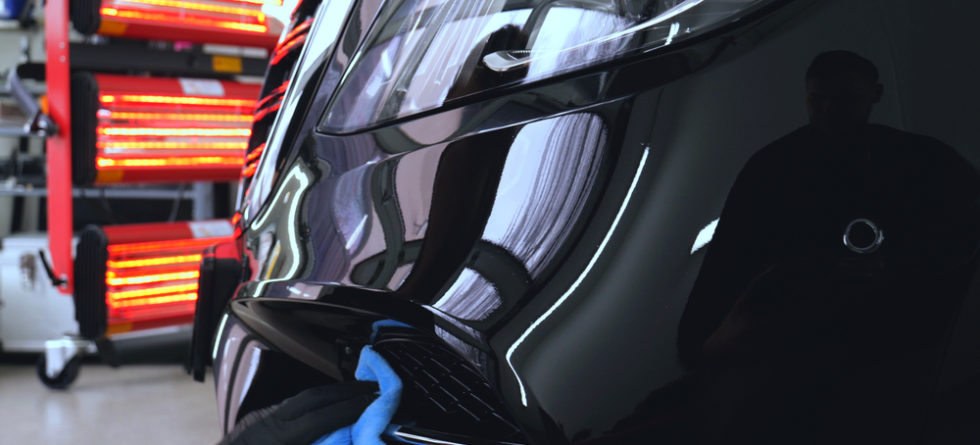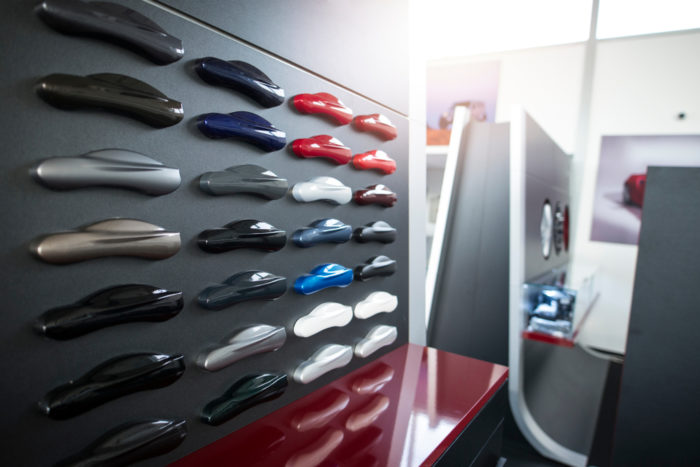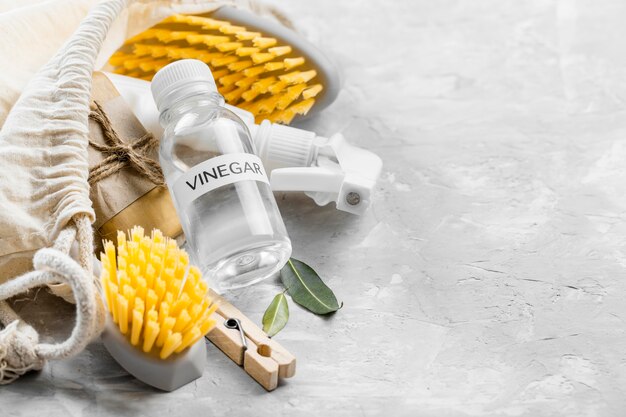Can I Paint My Car Myself?

Yes, you can paint your car yourself, and many people do undertake this as a DIY project. Understand that painting a car involves more than just applying a new coat of paint. Achieving a good result requires careful preparation, patience, and attention to detail.
Here’s what you should consider if you’re thinking about painting your car on your own…
Tools and Materials Needed
- Automotive Paint – Choose a paint type suitable for automotive exteriors, such as urethane or acrylic.
- Primer – For preparing the car’s surface for painting.
- Clear Coat – To protect the paint and add a glossy finish.
- Sandpaper – Various grits for sanding down the old paint and smoothing out the surface.
- Masking Tape and Paper – To cover windows, trim, and other areas you don’t want to paint.
- Paint Sprayer – Although you can use spray cans for small areas or touch-ups, a paint sprayer will provide a more even and professional finish.
- Safety Equipment – Including gloves, goggles, and a respirator mask to protect yourself from fumes and dust.
Steps for Painting Your Car
- Preparation – The key to a successful paint job is in the preparation. This includes thoroughly washing the car, repairing any dents or rust spots, and sanding the entire car to create a smooth surface for the paint to adhere to.
- Priming – Apply a primer coat to ensure good adhesion of the paint and to help achieve a uniform color across the car.
- Painting – Apply multiple thin coats of paint, allowing sufficient drying time between coats. Using thin coats helps prevent runs and drips.
- Clear Coat – After the final paint coat has dried, apply a clear coat for protection and gloss.
- Finishing – Once the clear coat is dry, you may need to sand and polish the car for a smooth, glossy finish.
Considerations
- Time and Space: Make sure you have a good, clean workspace and enough time to complete the project. Painting a car is not a one-day job; it can take several days to a week or more, depending on the level of detail and drying times.
- Skill Level: While you don’t need to be a professional to paint your car, some basic knowledge and practice with painting techniques will greatly improve the outcome. Practice spraying on cardboard or scrap metal to get a feel for the paint sprayer.
- Environmental Conditions: Paint in a well-ventilated area and be mindful of the temperature and humidity, as these can affect how the paint dries.
Conclusion
Painting a car yourself can be a rewarding project that saves money compared to professional painting services. However, it requires a significant investment of time and effort, and the quality of the finish will depend on your preparation, patience, and attention to detail. If you’re new to this type of work, consider starting with a smaller project, like painting a single panel, to develop your skills.




